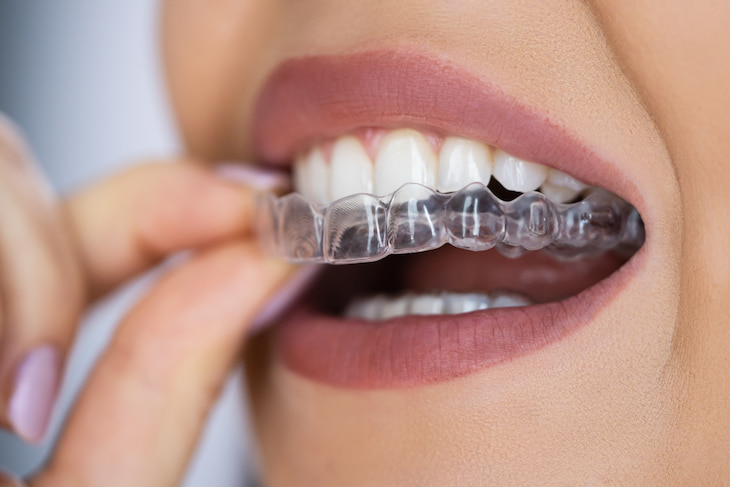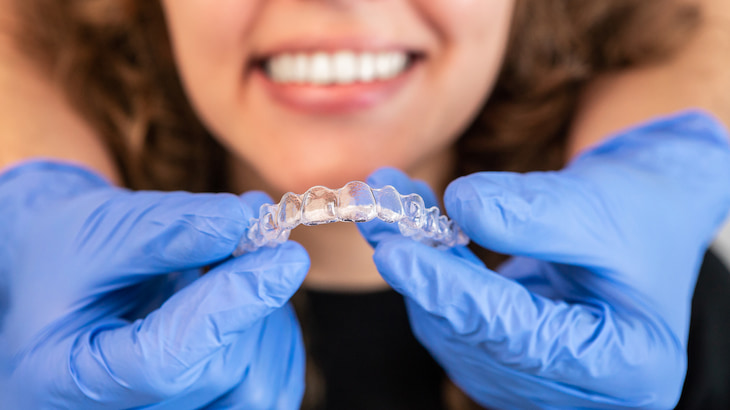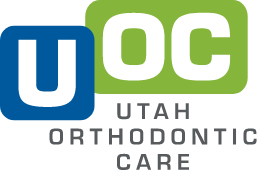Flu season is in full force, and one of the ways you’re most vulnerable to infection might be something you’re not even thinking about protecting: your toothbrush! While a toothbrush is still your most valuable ally in keeping your teeth clean and healthy, it’s also a magnet for microbes: those bristles are the perfect environment for bacteria, viruses, and other microbes to grow and multiply. Thankfully, there are things you can do to help protect your toothbrush this flu season.
Protecting Your Toothbrush from Germs & Bacteria
- Wash the Brush: This one’s a no-brainer – always give your brush head a thorough rinse before putting it in your mouth.
- Find an Anti-Germ Toothpaste: Look for fluoride toothpaste with triclosan/copolymer, as these are better at killing germs.
- Replace Your Brush: You should replace your brush every 3 to 4 months. This is important not just for ensuring your brushing is effective, but it also gives you a clean slate on germs.
- Close the Lid: This may be gross, but always close the lid when you flush the toilet. Otherwise, aerial spray can be a problem – and you do NOT want that on your toothbrush.
- Let It Dry: While it may be your first instinct, don’t keep the brush in an airtight container. Store it where it has enough circulation to dry out between brushings, as this helps prevent bacterial growth.
Contact Your Salt Lake City, UT Orthodontic Experts
With the flu in full force this season, it’s more important than ever to protect your brush from bacteria, viruses, and other germs. If you have more questions on how to keep your brush and teeth clean or want to come by for an appointment, we’d love to hear from you. Feel free to call us at 801.999.4431, reach out to us via our contact page, or use our easy online form to schedule an appointment at one of our offices. We can’t wait to hear from you, and we wish you luck keeping your brush clean!





